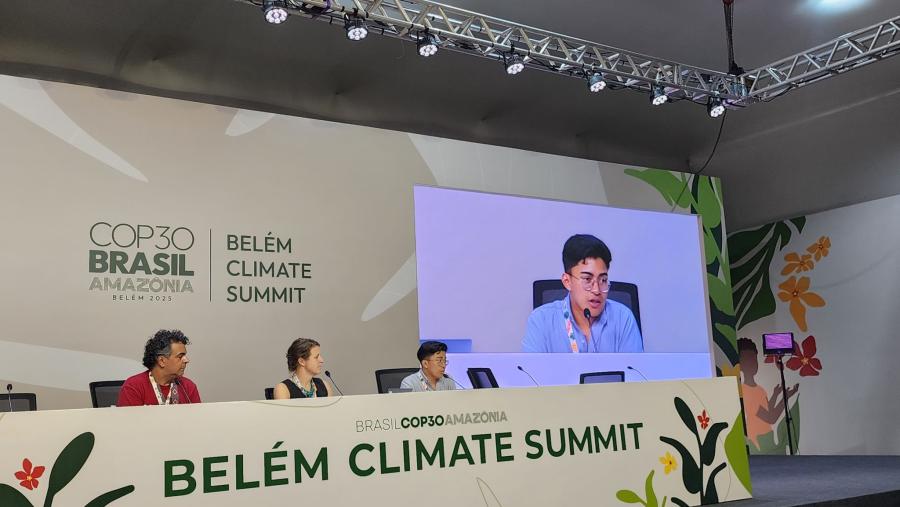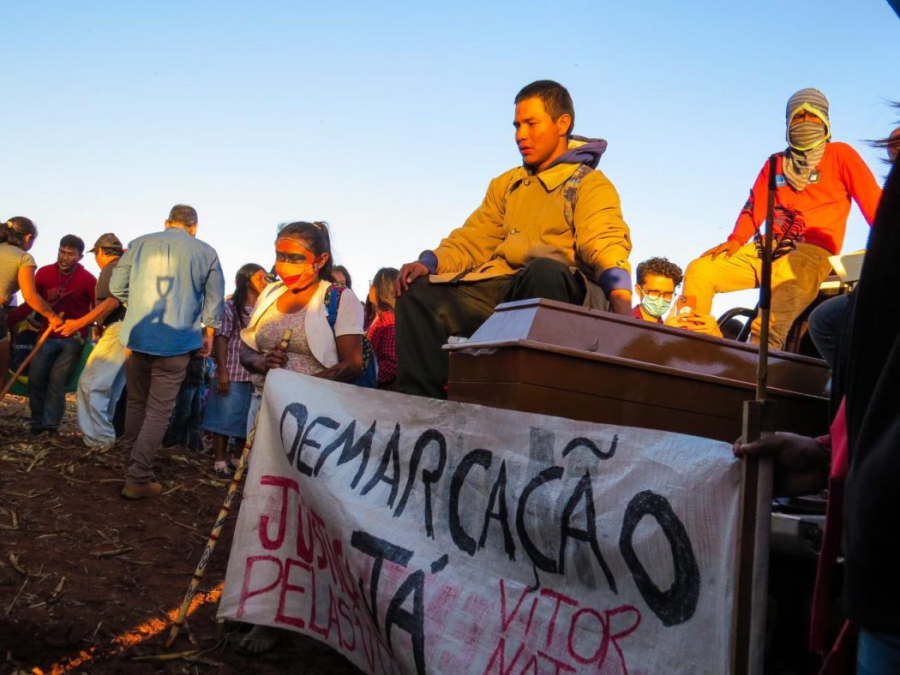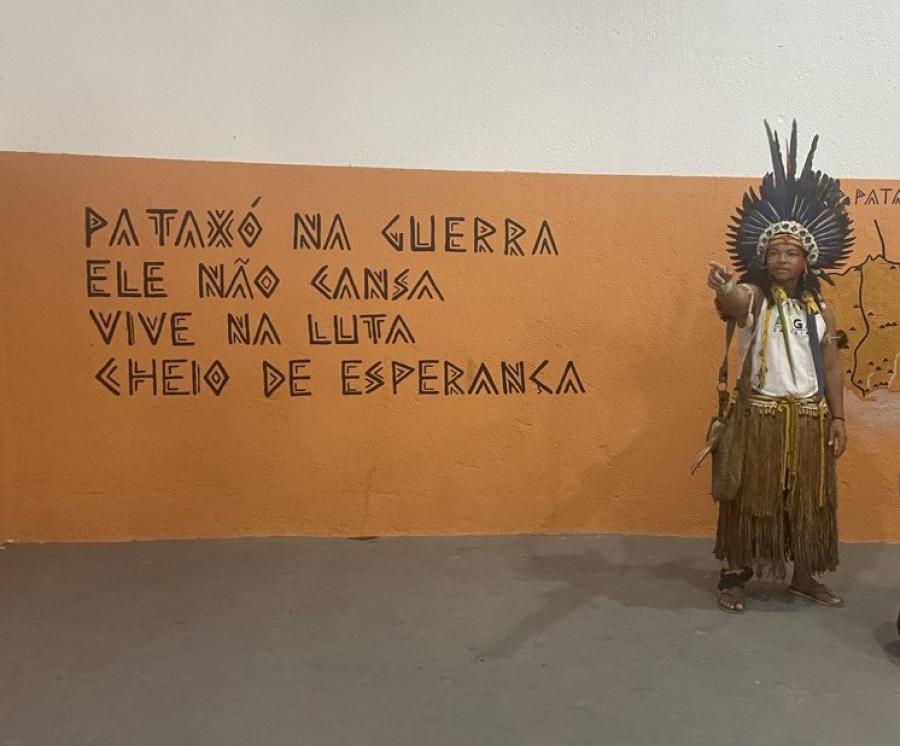In this book Robin Wright brings together more than two decades of his ethnographic and archival research on the relationships between Baniwa religion, history, and social action in the Brazilian Northwest Amazon. One primary aim of the book is to explain why many Baniwa people converted to Christianity this century after a brief exposure to the teachings of North American evangelical Sophie Muller. To answer this question, Wright examines the sociocultural conditions in which conversion occurred using historical information together with Baniwa myths and narratives about cosmology, shamanism, ethnohistory, eschatology and people's particular experiences of conversion. The contextual meaning of each narrative is subjected to painstaking interpretation by the author.
Wright's overriding argument is that pre-existing spiritual values are critical elements that combine with complex historical circumstances to shape the origins and development of indigenous religious movements in Amazonia. In the case of the Baniwa, Wright identifies a pervading "millenarian tradition" in which cosmic history is marked by repeated catastrophes followed by recuperation and the establishment of new worlds. Crucially, these same mythic themes of destruction and regeneration are used by the Baniwa to interpret their own present and historical experience. Within this catastrophic universe, Baniwa shamans are messengers of the gods and "guardians of the cosmos" who must continually draw on the primordial wisdom and creative forces of the "vertical" cosmos to overcome the "horizontal" forces of chaos and death that threaten "This World" with destruction.
Wright argues that this profound "millenarian consciousness" has spawned various Baniwa religious movements that have sought to redefine relations with white people and resist their brutal colonial and extractivist regimes since the nineteenth century. These movements gained large and enduring followings because they were headed by prophetic shamans who came to embody divine ancestral figures that could cure sickness and offer a utopian sanctuary free from persecution. Wright concludes that Muller won many Baniwa converts because she had some of the shaman-like qualities of past indigenous prophetic leaders and appealed to Baniwa millenarian and messianic expectations. Nevertheless, not all Baniwa accepted Muller's message that they must abandon their ancestral beliefs to find salvation. Baniwa territory today therefore contains a range of religious groupings: evangelical crente communities with their own "indigenous church", Catholic communities and settlements oriented toward ancestral rituals and shamanism.
Although the book is driven by the overall need to explain Baniwa religious movements and conversion, its real value lies in the fabulous ethnographic detail it provides on Baniwa cosmology, ritual and ethnohistory. The book will not only be of interest to all anthropologists and scholars studying indigenous South American religions, but also to future generations of Baniwa as yet "unborn".
Article copyright Cultural Survival, Inc.



